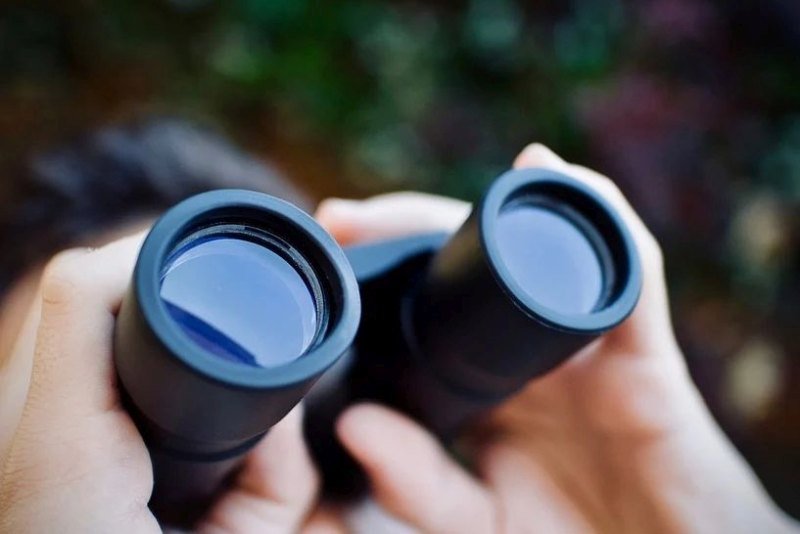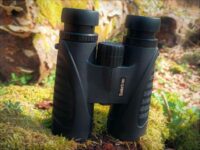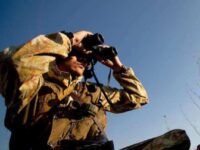When buying binoculars, you have two options. You can opt for cheap binoculars that may be good enough for occasional observation of distant stuff. Or you can buy high-quality binoculars that are far superior in terms of performance and durability. Although very good binoculars are expensive, they are a one-time purchase that lasts a lifetime.
However, when buying binoculars there are some criteria to consider so that you pick the right instrument for the intended purpose. To get an idea about the most important binocular features and functions I have compiled some frequently asked questions.
FAQ
What’s the best Magnification
Why Lens Diameter matters
What is Exit Pupil
What is the Field of View
How heavy are Binoculars
Why long Eye Relief may be better
Diopter Adjustment
Optical Design – Porro or Roof Prism
Optical Glass
Lens Coating
Twilight Factor
Close Focus
Robustness and Waterproofing
Sizes, what size is best
How much are good binoculars
Do you need expensive binoculars
Are second-hand binoculars worth buying
How do binoculars work
How to focus binoculars
How to clean binoculars
Broken Binoculars is repairing worth it
Magnification
 The magnification is the number that is given first. If you take the specification 8×42 – as an example, the magnification of the binoculars is 8 fold. This means that an observed object that is actually 1000 yards away, appears 8 times closer than with the naked eye.
The magnification is the number that is given first. If you take the specification 8×42 – as an example, the magnification of the binoculars is 8 fold. This means that an observed object that is actually 1000 yards away, appears 8 times closer than with the naked eye.
Magnification is one of the most important purchase criteria. The best magnifications are 8x or 10x, these sizes are a good compromise between detailed observation, an adequate field of view, and good twilight performance. They are also light enough to be held with a steady hand.
It should be noted that the field of view, i.e. the width of the area seen through the device, becomes smaller, the greater the magnification gets. So you should already know when buying binoculars whether wide areas are to be surveyed, or whether a more detailed observation of a smaller area is more important
Magnifications over 12x are also difficult to keep steady with bare hands as these instruments are heavy and are tiring to hold for more than a few minutes. Tripods need to be used for high magnifications or binos should have built-in image stabilization.
- The magnification is the first number given, e.g. 8×42 its 8 times
- 8-10x magnification is the most user-friendly and suitable for universal use
- More magnification results in a smaller field of view
- Large magnification of 12x and more require a tripod
Lens diameter
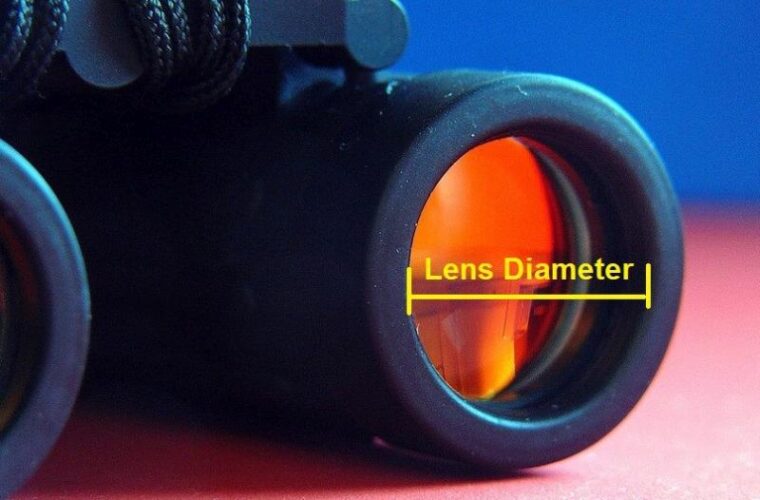
The lens diameter is the second number given, e.g. 8 × 42 says that the lens diameter is 42 mm. The lens diameter is an essential and decisive purchase criterion. It affects the optical performances of the instrument from the twilight factor to the resolution to the exit pupil all these properties depend directly on the diameter of the objective lens.
The larger the diameter, the more light-gathering power of the instrument, (wonder why space telescopes keep on getting bigger), and theoretically the better the twilight factor. Binoculars with a large lens diameter of 50 mm and more are often used by hunters in order to be able to observe well at dusk. The larger the lens diameter, the bigger and heavier the binoculars are. Such large instruments are unsuitable for hikes or business trips where mobility is required.
- Lens diameter is the number after magnification, e.g. 8 × 42 – 42 mm
- The larger the lens diameter, the more light is collected and the brighter the images shown
- As larger the diameter, the bulkier and heavier the binoculars
Exit Pupil
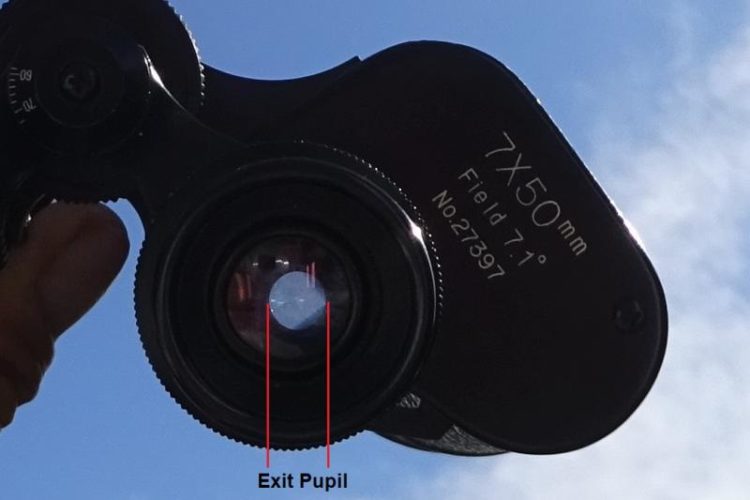 The exit pupil (EP) is the diameter of the light beam that leaves the binoculars and which falls through our pupil on the optic nerves inside the eyes and lets us perceive the enlarged image.
The exit pupil (EP) is the diameter of the light beam that leaves the binoculars and which falls through our pupil on the optic nerves inside the eyes and lets us perceive the enlarged image.
The diameter of the exit pupil is the quotient of the lens diameter and the magnification of an optical instrument. D/V = EP
That means with 8×42 binoculars 42mm / 8x = 5.25 mm. The exit pupil is 5.25mm.
The larger the exit pupil, the more light reaches the eye and the brighter the image may appear. However, what the eye can deal with is limited by the maximum width of the pupil opening, which is only about 5 to 6 mm depending on the age of the observer. If the pupil is smaller than the exit pupil, light passes our pupil unused, the image can not be seen in its entirety.
Large exit pupils are only important for observations in weak light conditions, as often experienced by hunters, bird watchers, or astronomy friends. For regular observations during the day, an exit pupil of 3 to 4 millimeters is more than enough.
- Compact binoculars with an exit pupil of 2 to 3 mm are good for bright daylight conditions only
- 30 to 42 mm lens diameter binoculars with 4 to 5 mm exit pupil are good for daytime as well as low light conditions during dawn and dusk
- Exit pupils over 5 mm make only sense for use in very low light conditions or in the might
Field Of View (FOV)
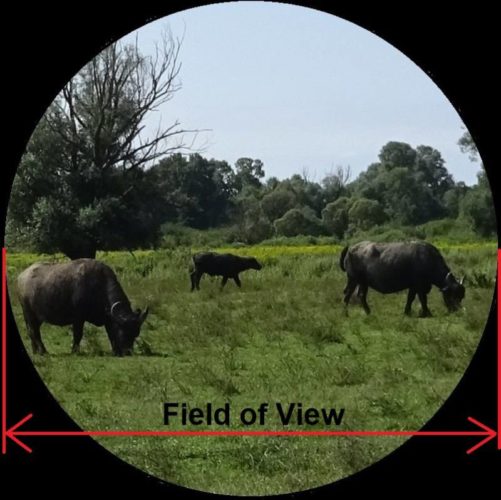 The field of view for binoculars is the area from the right to the left edge of the displayed image, expressed in feet/meters per 1000 yards/meters. Often the field of view is also measured in degrees, 1 degree always corresponds to 17.5 m at 1000 m. The larger the field of view, the more area can be observed at the same time.
The field of view for binoculars is the area from the right to the left edge of the displayed image, expressed in feet/meters per 1000 yards/meters. Often the field of view is also measured in degrees, 1 degree always corresponds to 17.5 m at 1000 m. The larger the field of view, the more area can be observed at the same time.
The smaller the magnification, the wider the field of view is. The larger the magnification, the narrower the field of view is.
Is it difficult to say which field of view is better? It depends on the type of use and the environment. If you need to observe distant objects in detail, a small field of view with correspondingly higher magnification is better. If you have to observe moving objects such as birds or animals or if you have to search a larger area (e.g. search for obstacles on the water or search and rescue), a large field of view is more helpful.
- The field of view is the area from the right edge of the image to the left edge of the image
- The higher the magnification, the smaller the field of view
Weight of the binoculars
The weight is also a criterion that should not be underestimated when making a purchase decision. There are big differences depending on the type of and the intended purpose of the instrument.
A small compact binocular e.g. 10 × 25 or smaller may only weigh 6 or 7 ounces. Universal binoculars come in at roughly 20 to 30 ounces, whereas low light hunting binocular can easily weigh over 2 pounds. Some large models for astronomy use can even weigh over 4 pounds. They are not much use without a tripod.
Lightweight binoculars are easy to stash away and convenient to transport when traveling or when hiking. When out in nature observing wildlife or while hunting a bit more weight may be better for a stable wobble-free observation. Seen in this way, weight can have advantages or disadvantages.
- Binoculars weight can vary from 5 – 6 ounces to well over 3 pounds
- Universal handheld binoculars usually weigh between 20 to 30 ounces (500 – 900 Gramm)
- Higher weight may ensure more stability and smooth observation
Eye Relief – Especially important for if you wear glasses
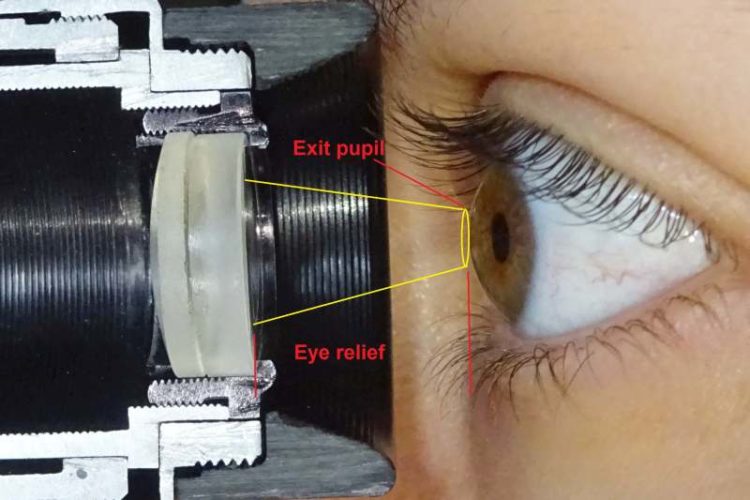
Many people have glasses and are absolutely dependent on their glasses, even when looking through an optical instrument. How does that affect the use of binoculars? For people with glasses, there are two main things to consider.
First, the eye relief, i.e. the distance from the eyepiece of the binoculars to the eye. If you wear glasses, the eye cannot be brought as close to the eyepiece as is necessary to view the projected image in its fullest. To compensate for this disadvantage, binoculars for wearers of glasses should have an eye relief of at least 15 mm.
Folding or retractable eyecups help to bring the eye into the optimal distance and irritating stray light
- The eye relief should be at least 15 mm
- Foldable or twist in/out eyecups are a benefit
Diopter Adjustment
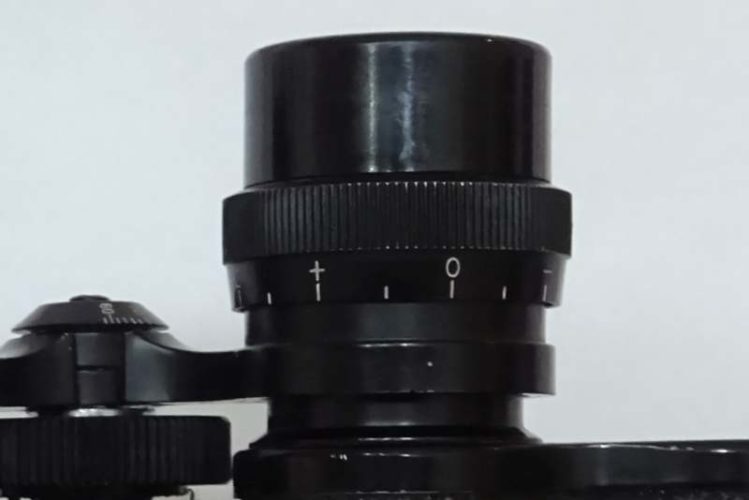
If you only suffer from mild ametropia, which is expressed in the refractive power of the eye, (+/- … diopter) then the diopter compensation of the eyepieces may be sufficient to compensate for poor eyesight and enable observation without glasses.
Many high-quality binoculars are equipped with eyecups suitable for glasses or generous diopter compensation. There are many instruments that are specially designed for the needs of glasses wearers.
- A diopter compensation of +/- 2-3 is standard
- Premium Instrument may have up to +/- 8 diopter compensation
Optical Design – Porro and Roof Prism Designs
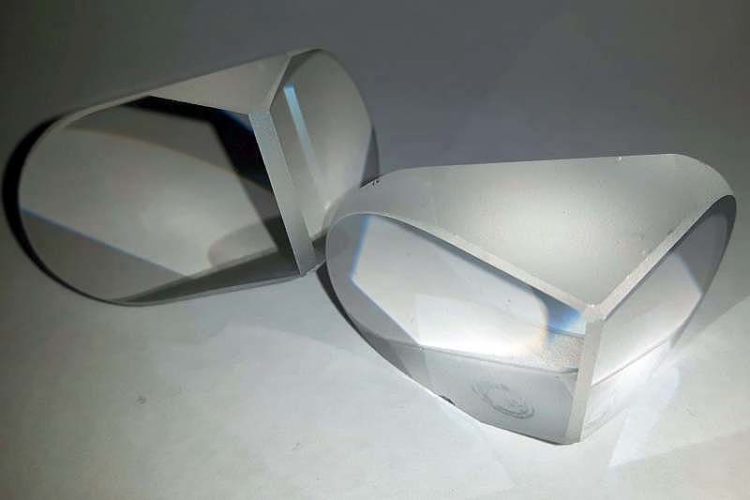 Binoculars are available in two different designs: Porro and Roof Prism Designs. The main differences between the two designs, as the name suggests, are the prisms used and the course of the light beam.
Binoculars are available in two different designs: Porro and Roof Prism Designs. The main differences between the two designs, as the name suggests, are the prisms used and the course of the light beam.
The objective lens of the binoculars projects a mirrored and inverted intermediate image. The task of the prisms is to reverse and mirror the light again so that a true image reaches the observer’s eyes.
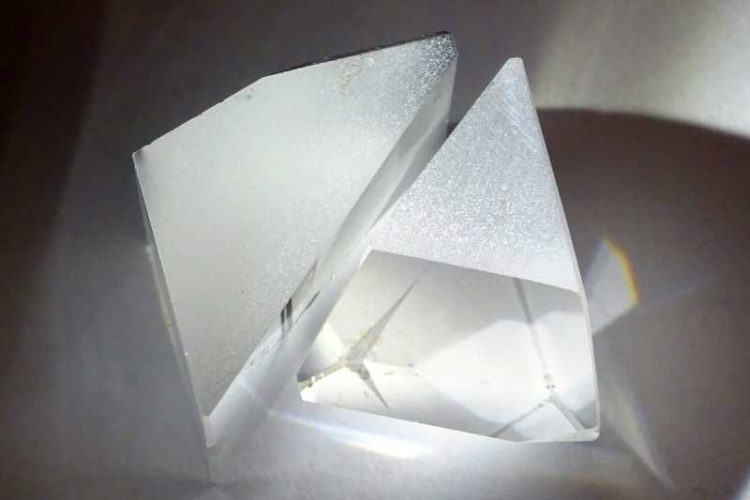
Roof binoculars are of a narrower design than the wider Porro binoculars. The different designs are easy to distinguish.
Roof prisms binoculars are more complex to manufacture because those prisms have to build much more precisely, which is why roof prism binoculars are somewhat more expensive than the Porro models.
- Binoculars come in two different builds: Porro and Roof Prism
- Roof prism designs and sleeker and all lenses are inline
- Porro Prism binoculars are bulkier, collecting lenses are wider apart than the eyepieces
Optical Glass – BaK4 vs BK7?
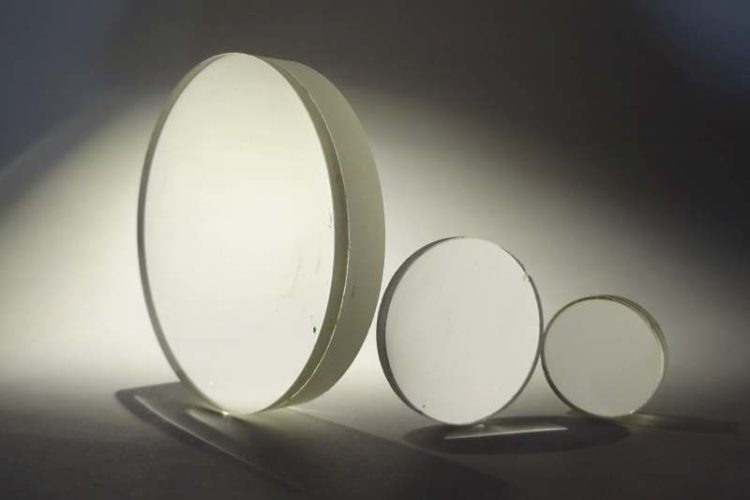 The optical glass used and its uniform consistency and purity have the greatest influence on the optical quality and performance of binoculars. Almost all glasses used in optics belong to the group of crown glass and flint glass. The main characteristics in which the glasses differ are the different refractive index and transmission of the light.
The optical glass used and its uniform consistency and purity have the greatest influence on the optical quality and performance of binoculars. Almost all glasses used in optics belong to the group of crown glass and flint glass. The main characteristics in which the glasses differ are the different refractive index and transmission of the light.
In the production of optical glass, the properties of the glass are controlled by the addition of certain “impurities” to the glass melt. There are some types of optical glass with very special properties, but these can be very expensive and are often only used by high-end binocular manufacturers.
The two most common types of glass used for prisms are barium crown glass BaK4 and boron crown glass BK7. The latter is cheaper and is often found in low-budget binoculars. BaK4 glasses, on the other hand, offer brighter, high-contrast, and color-true images.
- High optical performance depends on the glass quality
- The better the glass the more expensive the binoculars
Lense Coating
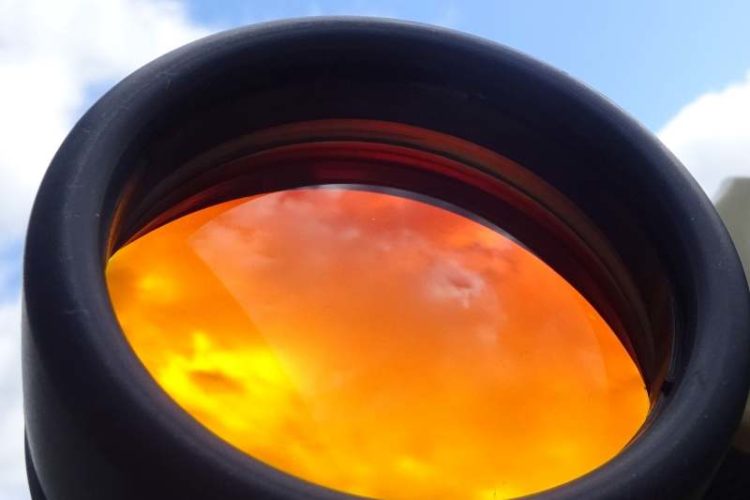 In addition to the best optical glass, the quality of the coating on the glass surfaces is crucial for the performance of binoculars. The coating of the lenses consists of mineral layers that are vapor-deposited onto the glass surfaces.
In addition to the best optical glass, the quality of the coating on the glass surfaces is crucial for the performance of binoculars. The coating of the lenses consists of mineral layers that are vapor-deposited onto the glass surfaces.
With each transition of the light from air to glass, a part of the light is reflected, brightness is lost, the picture becomes darker. By coating the glass surfaces, more light is let through. Fully multi-coated lenses increase the amount of light that is transmitted to over 95%.
Types of coatings
- Coated: only the outer lenses are coated
- Fully coated: all glass surfaces are coated with one layer
- Multi-coated: all surfaces are coated once, plus an additional layer on the outer lenses
- Fully-multi coated: highest quality coating, all glass surfaces are coated several times to maximum transmission all wavelengths
Twilight factor – Transmission
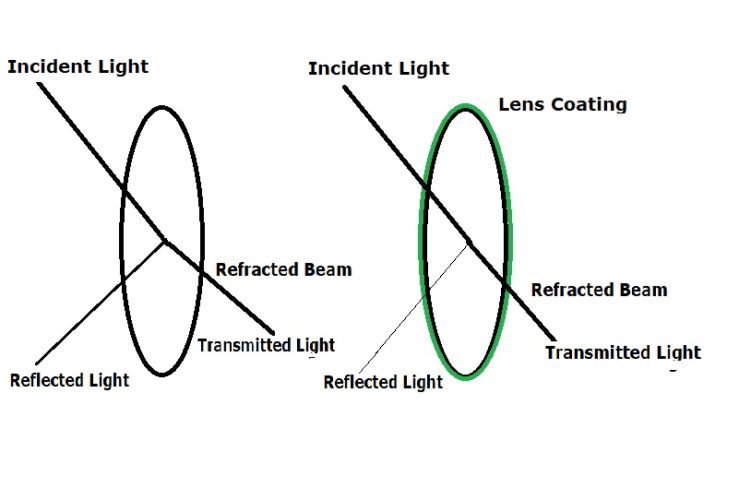 The twilight factor is intended to provide information on how suitable a pair of binoculars is for observations during low-light conditions such as twilight or night. The twilight factor of binoculars is the square root of magnification by lens diameter. A pair of binoculars with the specification 10 x 42, therefore, has a twilight factor of 20.5
The twilight factor is intended to provide information on how suitable a pair of binoculars is for observations during low-light conditions such as twilight or night. The twilight factor of binoculars is the square root of magnification by lens diameter. A pair of binoculars with the specification 10 x 42, therefore, has a twilight factor of 20.5
However, the twilight factor has lost a lot of meaning these days. Because other factors, such as modern, high-quality coatings of the glass surfaces as well as glass quality have a major influence on the transmission. This means an instrument with a theoretically higher twilight factor, may be less suitable for observation in low light conditions than binoculars with a smaller objective lens but fully multi-coated lenses.
Whether a pair of binoculars are suitable for twilight also depends on the size of the exit pupil. Since the exit pupil is directly related to the lens diameter, binoculars with large collecting lens diameter and high-quality coatings are the best for night observation. Typical binoculars sizes are for example 8×50, 8×56, 10×56 or similar.
- Twilight factor indicates usability in low light
- Larger lens diameters mean more twilight performance
- Exit pupil and lens coatings must be considered too when assessing low light suitability
Close Focus
Due to the law of optics, it is not possible to focus binoculars from a distance of 0 to infinity. Binoculars have a close focus range, which is the shortest distance you have to be away from an object so that you can just focus on it. This feature is particularly important if one wants to observe insects or a bird that is sitting directly in front of a hideout.
The close focus is usually several yards, but with specially designed binoculars it can be just under 6 feet. The close focus range cannot be easily calculated but one has to rely on the information provided by the manufacturer.
- Close focus, the nearest focusing distance can not be less than about 5 feet
Robustness and resistance to environmental conditions
Binoculars are used outdoors, so robustness plays an important role. When hiking, observing nature, birdwatching, or hunting, you are exposed to the frequently changing weather conditions of nature.
If you are out and about in nature a lot, it pays to have sturdy and weatherproof binoculars. Sealing with o-rings ensures that they are absolutely waterproof. An additional fill with a noble gas (e.g. with nitrogen or argon) to prevent fogging of the internal optics when the temperature changes, is also a good feature to have.
A tough housing is also important, which should have a non-slip rubber armor. This provides a good grip when wet and also protects the instrument from scratches or bumps.
- The housing should be O-ring sealed for waterproofness
- Gas purging prevents internal fogging
- A rubber armoring provides grip and protection against impacts
What binocular size is best?
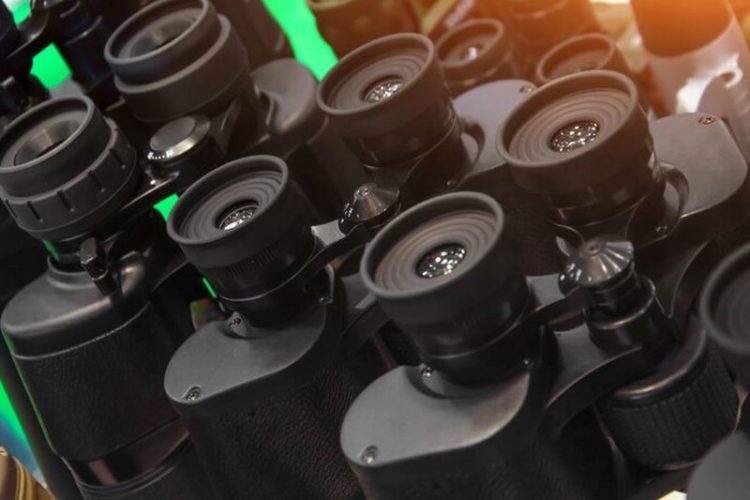
Binoculars are available in different sizes and price ranges. When buying binoculars you need to pay attention to the purpose as well as the size. Ask yourself: What do I need the binoculars for? What am I willing to spend? Let us first look at the various binocular sizes and where to uses them.
Compact Binoculars e.g. 8×20, 8×25, 10×20 or 10×25
Compact binoculars are small instruments with a lens diameter of 20mm to 25mm. The magnification of compact binoculars should be no more than 8 to 10 times. Anything beyond that is questionable, as it would be difficult to keep small lightweight binoculars with high magnification steady without image stabilization.
The reason for buying compact binoculars are the small pack size and the low weight of around 250 grams. They can always be brought along as they fit into any pocket or bag without adding much bulk or weight. So you always have a small practical binocular at hand in case there is something to interesting to observe during bright daytime conditions. Those are the advantages.
In low light conditions or at night, compact binoculars have disadvantages. Twilight performance is not very good, because the light-gathering power is limited due to the small collecting lens diameter and the resulting small exit pupil also affects the usability in dull and dark environments.
Multipurpose Binoculars
Binoculars with a lens diameter of approximately 30 mm to 42 mm may well be considered as general use or multipurpose binoculars. The magnification is usually 7x, 8x, or 10x times.
8×32, 10×32
Binoculars with 32mm lens diameter are still quite compact and with a weight of just over 1 pound, are still lightweight enough to be a perfect choice for traveling and hiking. The lens of 32 mm diameter collects enough light and the exit pupil of 4 mm of an 18 x 32 model makes this size binoculars useful even on cloudy days and in the twilight.
The 10 x 32 model provides a little more magnification and is advantageous for more detailed observation, but this comes at the expense of the twilight performance.
8×42
With its larger lenses, the 8 × 42 is approx. 20 percent heavier than the 8 × 32, but thanks to the larger lens and the exit pupil of 6 mm it has excellent twilight properties and is suitable for observing twilight and nocturnal animals.
8 x 42 binoculars are a good choice for almost all purposes. Strong in low light environments, large field of view to follow fast-moving objects, suitable for glasses wearers thanks to enough eye relief. This is the most popular size binoculars for many good reasons.
10×42
The 10×42 binoculars are the same size and weight as the 8×42 models, but the slightly stronger magnification enables detailed observation of small objects in particular. This is a preferred size of binoculars by many nature and bird watchers whether they are hobbyists or professionals.
Low Light Binoculars e.g. 8×50, 8×56, 10×50, 10×56, 12×50, 12×56
Low light binoculars are very powerful instruments that combine large objective lenses with high magnification and large exit pupils to enable high twilight performance.
The optical performance is very high they are often used by sky watchers, hunters, or animal watchers to observe nocturnal animals.
Of course, low light binoculars also work during the day. But they have hardly any advantages over 30 or 40 mm binoculars because there is enough light available during the day. These large binoculars are heavy and unsuitable for long hikes or free-hand observation, stable support or a tripod is often essential.
How Much Are Binoculars
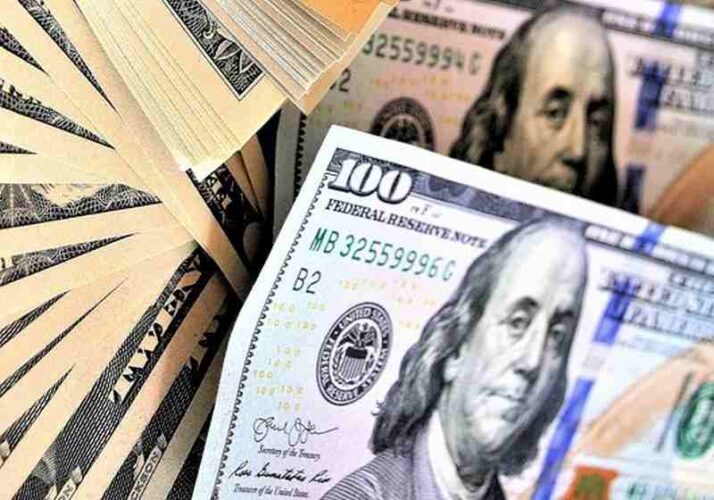
- Cheap Binoculars – from 20 $
- Good Midrange Binoculars 200 to 500 $
- Premium Binoculars 500 to 1000 $
- High-End Binoculars 1000 to 3000 $
Where do the big price differences for binoculars come from?
The big price differences between the various binoculars are hard to miss. There is a seemingly endless selection of cheap binoculars that hardly cost more than $ 50. But there are also models from premium manufacturers such as Swaroski or Zeiss that set you back a good 2000 dollars or even more. Why are there binoculars on the one hand that are so cheap and on the other hand there are binoculars that are extremely expensive?
The differences are in the quality of the optical performance and this depends on the quality of the materials used, the processing, and the technical know-how of the manufacturer. Especially when it comes to binoculars, the phrase “you get what you pay for” is more than true.
Do I really Need Expensive Binoculars?
If you only use binoculars occasionally for brief observations, when hiking, or traveling, you don’t need to invest $ 1,000 in premium binoculars. For little use and viewing something just out of curiosity, then an inexpensive model that you can buy for a few dollars also does the job. But keep in mind that low-quality optics that deliver poor image quality lead to frustration and can cause eye fatigue and even headaches. So digging a bit deeper into your pocket and avoiding the super cheap china glasses might be the better choice.
A bird watcher or hunter, of course, has very different demands on binoculars that cheap binoculars can hardly meet.
Binoculars for professional use must function reliably, they must be robust, waterproof, and should deliver sharp, high-resolution, and color-true images. All of this requires high-quality optics that are also reflected in the price.
Good binoculars are durable and often include lifelong guarantees.
Are Used Binoculars Worth Buying?
Buying used binoculars from cheap brands makes little sense, as these don’t cost much anyway if you buy them new.
But used binoculars from manufacturers of high-quality instruments such as Swaroski, Leica, Zeiss, Minolta, Vortex, etc., are an alternative if you cannot afford them new. Optical instruments are extremely durable and don’t really wear out as long as they have been properly maintained and not subjected to mechanical damage.
However, it is important that the used binoculars are carefully inspected beforehand and thoroughly checked for function.
Be sure to check the collimation, examine the lenses for cracks and scratches, and don’t forget to examine the inside of the binoculars for any lens fungus. The mechanics and the moving parts must also be checked for smooth movement.
How do binoculars work?
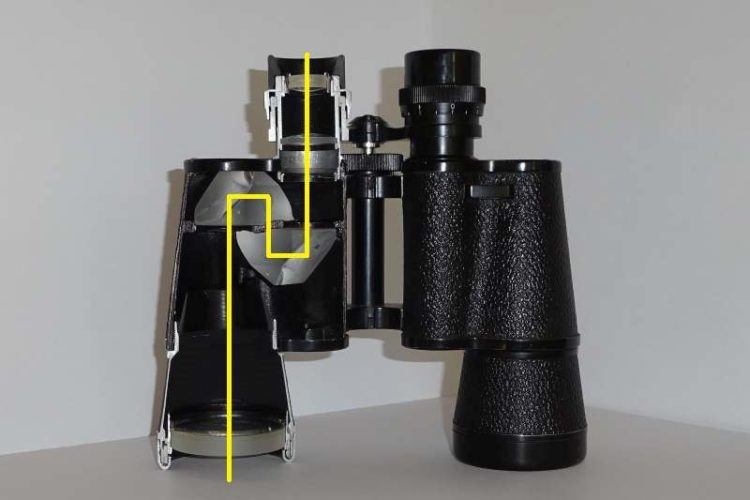
In principle, all binoculars work the same way. Binoculars consist of 3 basic components: The objective lens, which points to the object to be observed, the reversing prism system and the eyepiece that makes the intermediate image observable for the human eye.
- incident light is collected by the objective lens and focused at one point, the focal point. This creates a virtual intermediate image that is upside down and reversed
- the Prisma system flips the intermediate image through a number of reflections to a correct and upright intermediate image
- the eyepiece enlarges the image and creates an image that the eye of the observer can see
How to Focus Binoculars correctly?
For a correct and fatigue-free observation, it is essential that binoculars present good, sharp, focused images. Blurred or bad images can cause eye fatigue and can cause headaches.
- Adjust the eyecups for the optimal distance
- Set the barrels so the eyepieces match the distance between your eyes
- Aim the instrument at the object to observe
- Close the eye opposite the diopter adjustment, turn the center focus wheel until focused
- close the eye and adjust the diopter to your other eye until the image is focused
- Open both eyes for a clear crisp image
How to clean Binoculars?
A pair of binoculars is a commodity that is exposed to the stresses of use and environmental influences. Good binoculars are tough, but the exposed lenses are sensitive and should be protected from dirt and dust. When not in use, the protective caps should be placed on the lenses and eyepieces to avoid contamination and scratches.
However, dirt and fingerprints inevitably get onto the lenses. With the right care utensils, dirt can be easily removed. These are small bellows, a fine brush, a clean, lint-free microfiber cloth, and a special cleaning fluid, or pre-moistened lens cleaning wipes.
If the lenses are dirty, first use a special lens brush or bellows to get rid of dust or small particles. Grime or fingerprints are best wiped off with lens cleaning wipes or a damp microfiber cloth.
Broken Binoculars, is Repair worth it? Where to get it fixed?
As already mentioned above, good binoculars are very robust and can take some beating. Most manufacturers offer a warranty for their products. So if something is broken, check with the manufacturer to see if it’s under warranty and if they’ll take care of it.
If not, you have to foot the bill. But the repair of cheap binoculars is usually not worth it. It is a different story with expensive binoculars, where repairs are often cheaper than buying a new comparable model. Just get a quote.
Small external damage, such as cracked eyecups, torn carry straps, brittle, or sticky rubber amour, which are simply a result of use, can be easily fixed by replacing the worn parts.
Scratches on lenses, cracks in glass, Mis-collimation or lense fungus require more skill and should perhaps be left to a professional.
Many well-known manufacturers have their own repair service where you can send in your binoculars. The damage is examined by experts and you get a quote regarding the costs. If it is under warranty you get back repaired anyway.
